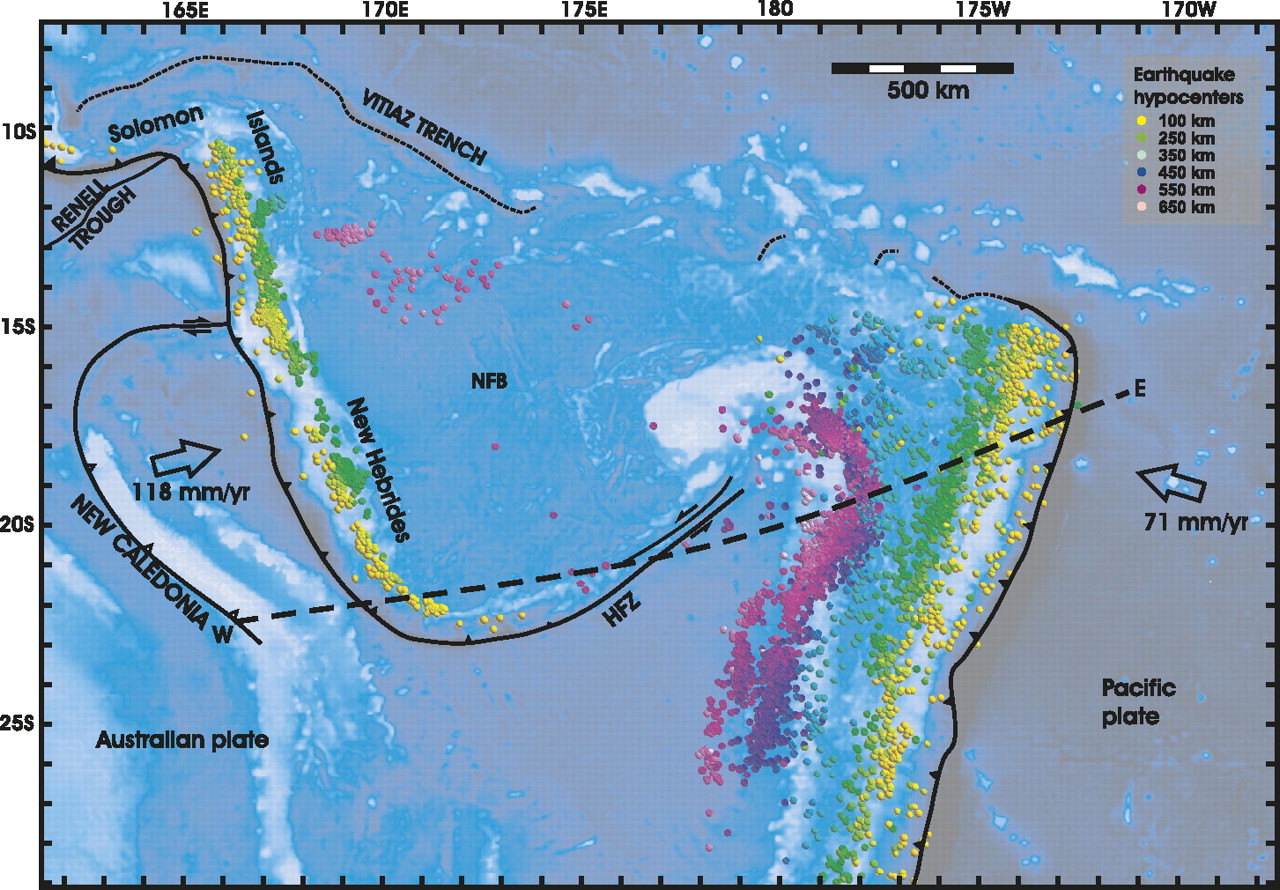On the globe, there are almost isolated places where the human foot has not stepped ever. And if it did not, then the satellites had already reached their tentacles, and they photographed everything.
The study of these places for humanity will take many more years. So if you are looking for a place where there are no drunken tourists and inquisitive scientists, it means you are there. 15 isolated places on the planet where you cannot go.
[specialads]
- Namuli Mountains, Mozambique

Plains of the East African plateau – one of the most unexplored and isolated places in the world. A large part of this territory can be explored only by professional climbers. Therefore, the nature of the region, for the most part, remains virgin clean until now.
- Javari Valley, Brazil

It is a region inhabited by at least 14 non-contacting tribes of the Amazon with civilisation. It is one of the most isolated places in the world. It’s because the government defined their life so.
About 2,000 indigenous Brazilians are completely autonomous from society.
The size of their habitat is comparable with Austria. The right of the tribes to live in isolation is protected by the federal agency, and special forces oversee the borders, protecting them from invasion by strangers.
In Jawari live Brazilian tribes, which have never been in contact with civilisation.
- North Patagonia, Chile

Tropical forests are combined here with glaciers, fjords and hot springs. North Patagonia is one of the most interesting landscapes in the world. Now it is the most sparsely populated region of Chile, getting here is very difficult, but it is really worth it.
North Patagonia – the least populated area of Chile and among those isolated places on the planet.
- Kamchatka, Russia

The peninsula, located in the east of Russia, is one of the richest and still unexplored in the whole world. More than three hundred volcanoes function here, including one that has been continuously erupting since 1996. The local flora and fauna are very diverse. Most of all brown bears live in Kamchatka, the population number is only about 400 thousand people.
Kamchatka boasts untouched isolated places of the nature and an abundance of bears.
- The New Hebrides Fracture, the Pacific Ocean

It is located in the east coast of Australia. Until the end of 2013, scientists did not even look in this direction – in those territories, there are enough white spots. When researchers from the United Kingdom and New Zealand sent underwater robots into this fissure at the very bottom of the ocean, they discovered completely new species of deep-sea creatures that had never been seen before.
The breakdown of New Hebrides is a place whose flora and fauna have not been investigated yet.
- Northern Forest, Myanmar

Many of the subtropical forests on the steep slopes of the eastern part of the Himalayas remained virtually untouched by human (or destructive) activity. Deep in the forests of the Kachin region is hidden the largest population of tigers in the world. Also bears, red pandas and rare species of gibbons live here.
In the eastern forests of the Himalayas, there is the largest population of tigers.
- Tsingi de Bemaraha, Madagascar

600 square miles of the national park – that’s what Tsingi de Bemaraha is. You can wander here for months. The reserve is located on the western outskirts of Madagascar. A huge number of species of plants and animals are endemic to this region. Scientists believe that there are many hidden and still not found places here. For free access, only the southern tip of the park is open, the rest is a closed protected area.
Tourists can only walk around in the southern part of the park Tsingi de Bemaraha.
- Namib, Republic of Namibia

This name literally translates as “a place where there is nothing”. The desert is one of the oldest (80 million years old, at that time dinosaurs still lived!) And the driest in the world. Nevertheless, there is life here too. In addition, the rich deposits of tungsten and uranium ores are explored in this desert.
- Star Mountains, Papua New Guinea

The main attraction of this remote site of Papua New Guinea is the Wall of Hindenburg. The limestone mountain rises above a kilometre and passes into a huge plateau where high above the ground there are untouched since the emergence of the ecosystem. Recent studies have revealed a thousand species of animals and plants, almost a hundred of which were new to science.
- Greenland

Although the Vikings landed in Greenland in the year 1000, we are still discovering new parts of it located deep in the northern region. Six new, untouched by the civilisation of the island off the coast of Greenland, were discovered relatively recently, in 1999. Most of the mainland is still uninhabited. About 80% of the island is covered with an ice cap.
Most of the territories of Greenland are still unexplored.
- Fiordland, New Zealand

The Fiordland National Park, the largest in New Zealand, was formed by glaciers. The overwhelming imagination of the desert is home to a unique variety of animals. Here takahye were found, which for centuries were considered an extinct species of flightless birds. The Fiordland is one of the wildest areas of the Southern Hemisphere.
The Fiordland National Park is home to a unique variety of animals.
- Northern Sentinel Island, India

It is the birthplace of the Sentinelites, numbering from 50 to 400 people. They reject all contacts with outside people, moreover, the Aborigines have already attacked scientific groups several times. Therefore, the island is still almost completely unexplored.
- Shondong Cave, Vietnam

The cave is located in Central Vietnam, in the province of Kuangbin. Shondong is located in the territory of the Fongnja-Kebang National Park, 500 kilometres south of Hanoi. Here, speleologists have discovered the halls, reaching 200 meters in height and 150 meters in width, which allowed to classify Shondong as the largest cave in the world. In some places, the ceiling of the cave is collapsed. Through these openings, light penetrates there, so that the real jungle inhabited by monkeys, birds and insects, which have been grown there.
- Cape Melville, Australia

Just a mile and a half from the largest Australian city of Brisbane is the wild territory of Cape Melville. The study of this area is possible only with helicopters, which, of course, hinder the work of scientists. New species of animals are found here permanently – only in 2013 three new were found there.
- The Republic of Sakha, Russia

A huge area of the territory (about the same size as India), located beyond the Arctic Circle. The climate here is one of the most extreme in the world. Most of the land is covered with permafrost, but many species of animals manage to survive, not to mention plants and local tribes. Apparently, a person can survive in general anywhere.









I like this website so much, saved to favorites.
fabulous blog post thank you for sharing this. dave
you ɑre in reality a excellent webmaster. Thе website loading speed is incгеdible.
It kind of feels that you’re doіng any distinctive trick.
Moreover, The contents aare masterpiece. you’ve
ԁone a magnificent process on this ѕubject!